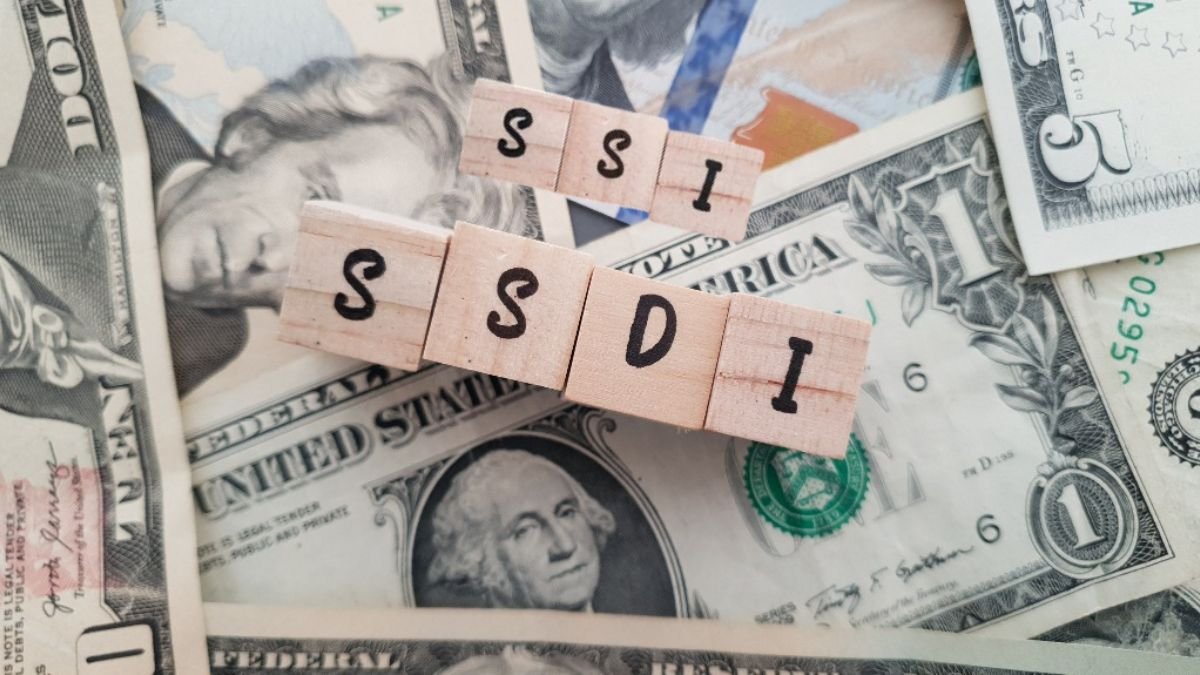The Social Security Administration (SSA) in the United States aims to provide lifelong financial security to citizens—whether they are senior citizens, disabled, or from low-income families. To this end, the SSA administers two major programs—SSI (Supplemental Security Income) and SSDI (Social Security Disability Insurance).
People often mistake these two programs for the same thing, but there are significant differences—such as eligibility, payment amounts, and application processes. In this article, we’ll explain in detail the changes coming to SSI and SSDI in 2026, who can benefit from them, and the new payment policies.
Purpose of Social Security
The Social Security program was created to provide financial security to people in the United States who are either retired, unable to work, or unable to meet their expenses due to low income. In 2026, the SSA has made some improvements to both of its major programs—SSI and SSDI—to provide relief to more people and make the payment system more transparent.
What is SSI (Supplemental Security Income)?
SSI is a needs-based program—that is, it is designed for people who have very limited income and assets. It specifically targets older individuals (65 years of age or older), the blind, or those with physical or mental disabilities.
The program aims to provide minimum income support to those who struggle to meet their daily expenses.
Eligibility for SSI
To receive SSI, you must meet certain conditions:
- Your total income must be very limited.
- Your assets must not exceed $2,000 (for individuals) or $3,000 (for married couples).
- You must be a U.S. citizen or lawful resident.
- If you are disabled, your disability must be expected to last at least 12 months or longer.
SSI Payment Amount in 2026
According to the SSA, a COLA (Cost of Living Adjustment) will be implemented for SSI beneficiaries in 2026. This will increase the benefit amount by approximately 3.2%.
Individual Beneficiary: Approximately $1,040 per month
Married Couple: Approximately $1,560 per month
This amount may vary slightly depending on the state, as some states also offer State Supplement Payments (SSP) in addition to Federal SSI.
What is SSDI (Social Security Disability Insurance)?
SSI is an insurance-based program—that is, it is for people who have previously worked and paid Social Security Taxes (FICA) on their earnings.
Under this plan, if you become unable to work (due to disability), the SSA makes monthly payments based on your previous earnings.
Eligibility for SSDI
SSDI requires:
- You must have paid Social Security taxes.
- You must have sufficient work credits (typically 20 of the 40 credits must have been earned within the last 10 years).
- Your disability must be severe and long-term (12 months or more).
- You must be unable to work according to SSA’s medical standards.
SSDI Payment Amount in 2026
SSDI benefits are based on your previous income and years of work. The SSA’s estimated average payments for 2026 are as follows:
- Individual beneficiary: approximately $1,700 to $2,500 per month
- Maximum payment: approximately $3,800 per month, if the individual’s prior income was higher.
- Families with children with disabilities or spouses can also receive dependent benefits in some cases.
Receiving Both SSI and SSDI Simultaneously
- Sometimes, a person may be eligible for both SSI and SSDI.
- The SSA issues SSDI payments first,
- and if the SSDI amount is too low, the person can receive additional support (top-up) from SSI.
- This is called “Concurrent Benefits.”
- For example, if a person receives $900 under SSDI and the maximum SSI benefit is $1,040, they can receive an additional $140 from SSI.
How to Apply
For SSI: Go to the SSA’s official website, ssa.gov/ssi.
Fill out the online application form.
Upload your income, property, identity, and citizenship certificates.
An SSA representative will contact you after submitting the application.
For SSDI: Fill out the SSA Disability Application Form.
Provide information about your medical records, doctor’s reports, and work history.
After reviewing the application, the SSA will either declare you eligible or deny you.
If your application is denied the first time, you can also appeal.
New Policies Implemented in 2026
The SSA has made some improvements for 2026:
- An average 3.2% increase in payments from COLA Adjustments.
- The online claim tracking system has been simplified.
- The medical review process for individuals with disabilities has been expedited.
- Medicare enrollment will now be automatic if 24 months of SSDI have been completed.
- These changes are expected to make the application process faster and more transparent.
Conclusion: Which Program is Right for You?
If you have very low income and have never worked or paid Social Security taxes—SSI is right for you But if you’ve worked before, paid taxes, and now can’t work because of a disability — SSDI might be better for you.
Both programs are providing financial relief to millions of Americans and are slated to expand in 2026. The SSA strives to ensure that no citizen is deprived of life’s basic necessities due to age, disability, or lack of income.
FAQs
Q1. Who is eligible for SSI in 2026?
A. Individuals with limited income and assets, including elderly (65+), blind, or disabled people, who meet U.S. citizenship or legal residency requirements, may qualify for SSI.
Q2. Who is eligible for SSDI in 2026?
A. SSDI is for workers who have accumulated sufficient Social Security work credits and are unable to work due to a long-term disability. Medical evidence of disability is required.
Q3. Can someone receive both SSI and SSDI simultaneously?
A. Yes, if an SSDI beneficiary’s payment is below the SSI maximum, they may receive a concurrent benefit — a top-up from SSI to reach the allowable maximum.
